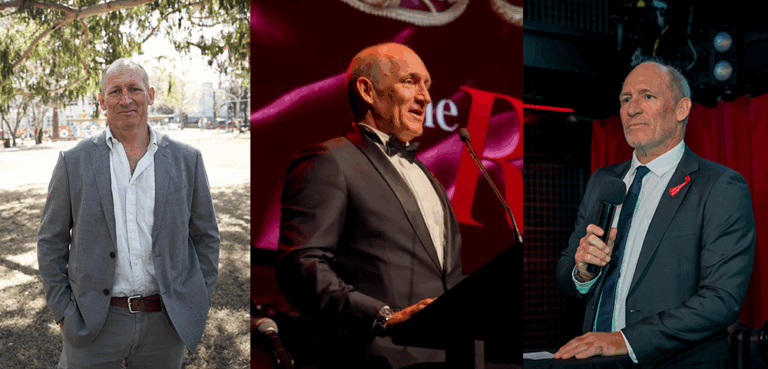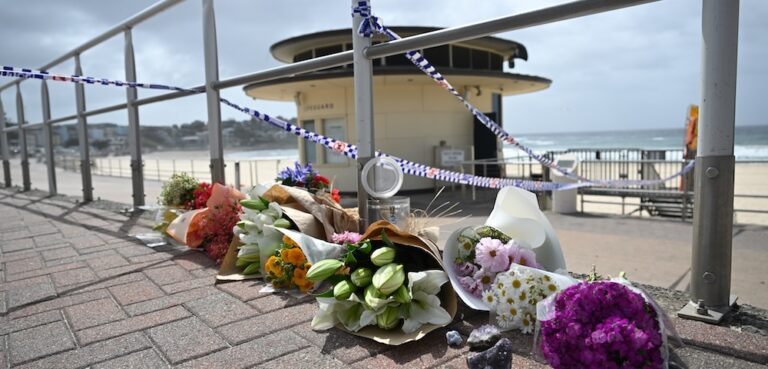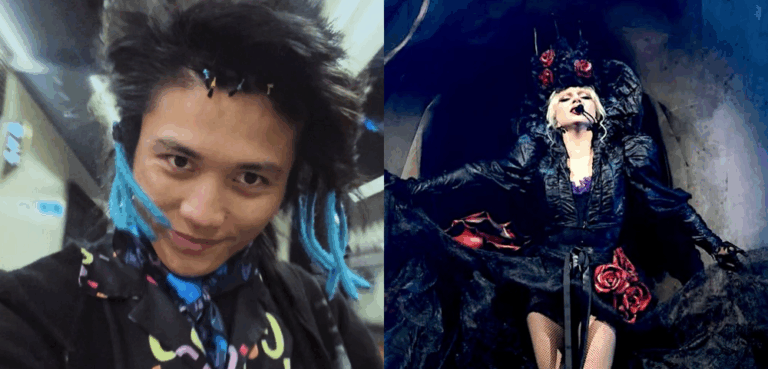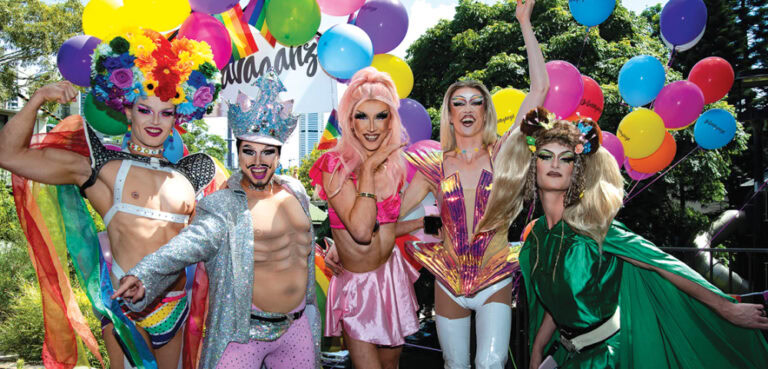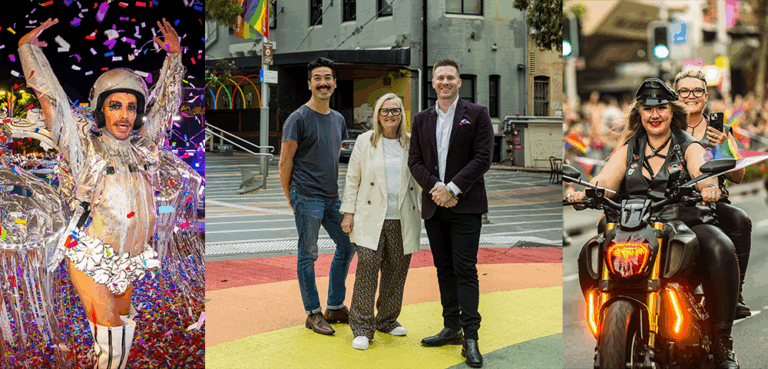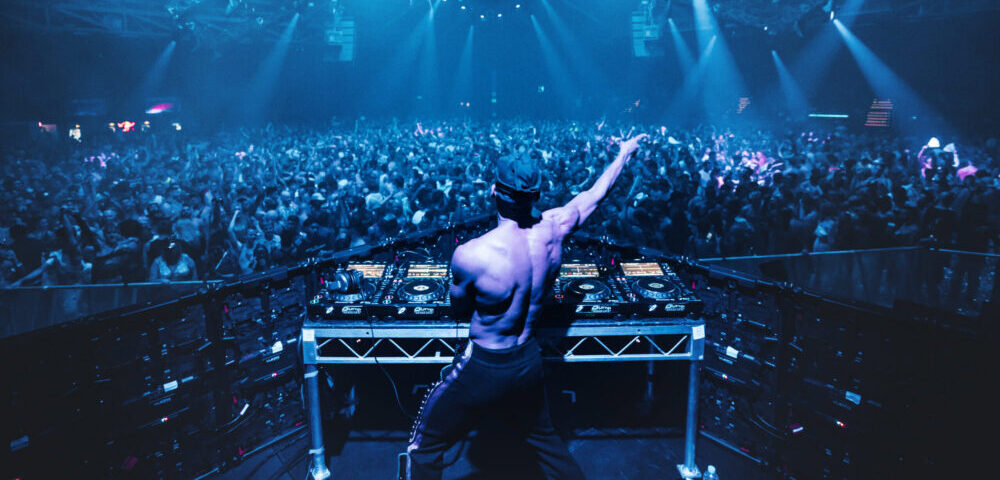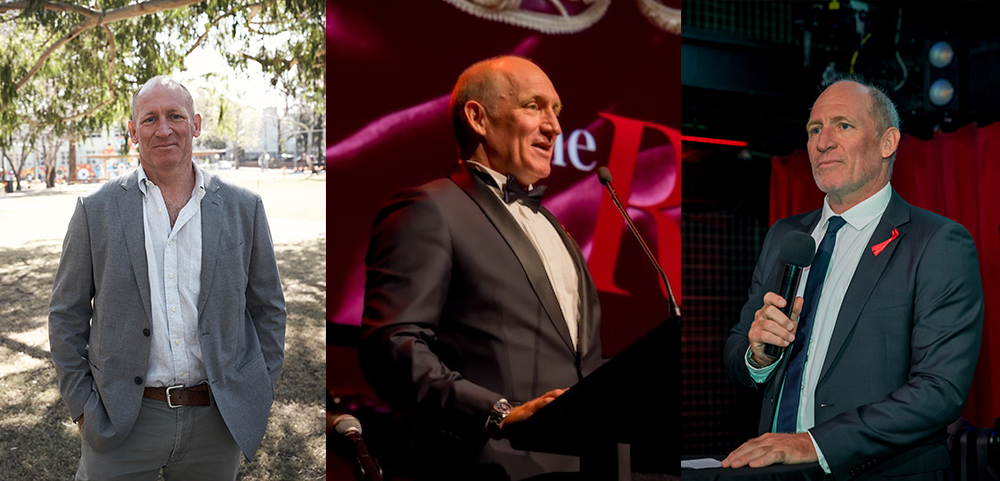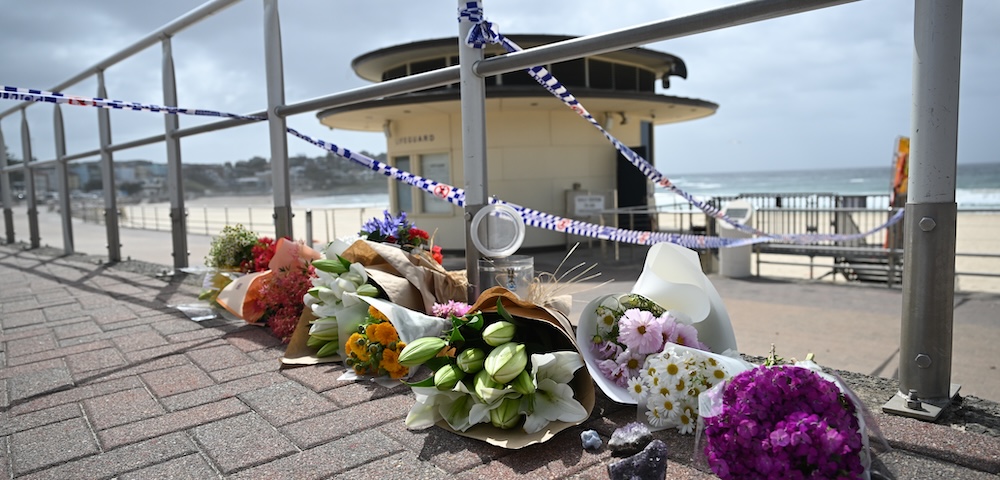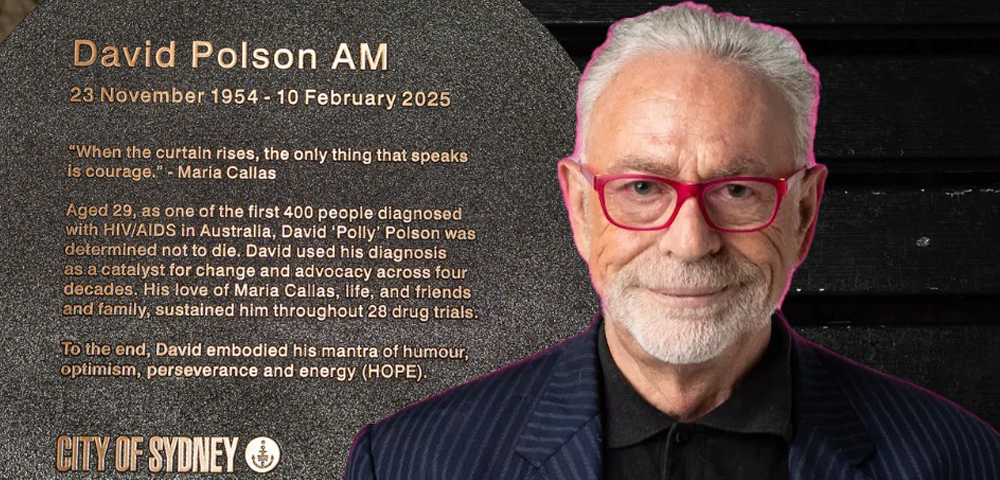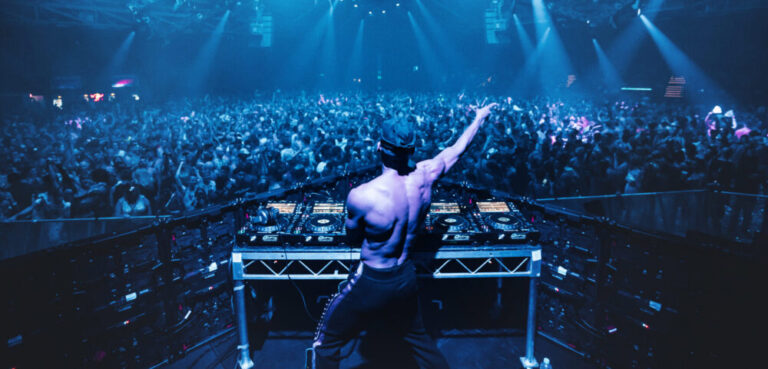
Life for a boy
If you’re a slightly mature gay man -“ say, like me, you’ve been out for 10 years -“ and you think you’ve got a good idea about what it’s like to come out as a young gay man in Sydney today, you’re probably wrong.
Much has changed, and quickly. For this is the era of the internet; the era of Will & Grace and Queer As Folk; the era -“ don’t laugh, I’m being serious -“ of the superclub.
The internet has wrought a profound change on the way young men learn, research and even experience their homosexuality. Gay pornography can be accessed at a keystroke, while chat rooms enable young men to be out in a virtual space before they come out in an actual one.
Troy, who’s a 21-year-old student, says he felt safe chatting online before he ever felt brave enough to venture out to gay venues.
I asked a lot of questions in chat, like, -˜Does it hurt when having anal sex?’ he recalls with a laugh.
Others, like 19-year-old Simon (also a student), remember looking at websites like ssonet.com.au long before picking up a copy of Sydney Star Observer.
I didn’t use the net to get information about being gay. I used it to find other gay people, he says. A listing on ssonet.com led Simon to a community group, which in turn led to making friendships with other gay people, which has now led to -“ well, let’s just say it’s led to a lot of Saturday nights at Arq.
It’s been 11 months since I came out, and it’s almost been like one extreme to the other, Simon says. I go to Arq with friends, but there’s almost no need to. You always have your group of Arq acquaintances who are there. You just develop a group of friends who basically live in that space every Saturday night.
But the rise of the internet and the appearance of clubs like Arq are not the only changes to affect gay men coming out today. The environment around HIV/AIDS is also substantially different.
A decade ago, at a time when HIV was still highly visible in the community (and the shadow of the Grim Reaper ads was still felt), the message about protecting oneself from HIV was simple and straightforward: use a condom every time.
Now, although that message is still prevalent, the discussion around HIV is more diffuse and complex. In addition to condoms, there are messages about negotiated safety agreements in stable, monogamous relationships; there are also other messages about the sophisticated techniques that gay (mainly HIV-positive) men are using to minimise the risk of HIV transmission. The new century has brought with it new concepts, like strategic positioning, withdrawal and low-viral-load condomless sex.
But have these new concepts muddied the waters of HIV education for young gay men? Does the reality-based approach HIV educators use in reaching older, more experienced (and generally HIV-positive) guys have an adverse effect on the younger generation? In short, has confusion replaced clarity?
While nobody knows for sure, one (somewhat) encouraging sign came from the recent release of HIV statistics in New South Wales for 2002. The figures show that of people in the 20-29 age bracket, 82 became infected with HIV in 2001 and 87 became infected in 2002. Meanwhile, of people in the 30-39 age bracket, 147 became infected in 2001 and 178 became infected in 2002.
This suggests that it is a slightly older crowd who are currently most at risk of HIV infection, and that young gay men may not be the brash, blas?nd irresponsible rogues that they are sometimes depicted as.
Dr Suzanne Fraser and Dr John Egan from the National Centre in HIV Social Research are two researchers currently looking at the nexus between young men, HIV and gay community. They are working on separate qualitative research projects, both at different stages (Fraser has conducted some interviews with young subjects while Egan has yet to commence that part of his work), but both are seeking to understand an area (young homosexually active men) that seemed, in some ways, better understood 10 years ago than it does today -“ such is the pace of change.
Fraser says that from the interviews she’s conducted with young men so far, she’s detected a high awareness of the importance of safe sex, but a relatively limited understanding of HIV.
For example, I don’t think anyone [I’ve interviewed] yet has heard of PEP, she reveals. I understand that that’s not something everyone would know about, but it could be useful to know about.
Obviously there are other issues around safe sex that have emerged over the years -¦ things like strategic positioning, negotiated safety and stuff around testing and so on, but those things don’t seem to be salient to the guys I’ve spoken to so far. There is a lot of emphasis on condom use every time, she says.
Stephen Scott, the senior youth peer education officer at ACON, who is responsible for running the Fun and Esteem workshops (which involve between 300 and 400 young men every year), offers a similar assessment.
The knowledge of those strategies is very much centred around social networks where there are large numbers of HIV-positive men, so it makes sense that young gay men would not have been in much contact with those sorts of social networks, Scott says.
[But] it certainly is a big concern, to me at least, that when HIV-negative, quite HIV-unaffected young gay men do come into contact with those kinds of [networks], particularly in places where there may not be a lot of verbal communication going on, such as sex-on-premises venues and backrooms, then it is very likely that those young men are going to make ill-informed readings of the unprotected anal sex that is going on in those places.
It’s important that young men are aware of those strategies being used, so that if they see two guys fucking without a condom in a sauna then they shouldn’t necessarily be reading that as a sign that they’re in an environment where it’s a cultural norm for no one to be using condoms. They should be reading that as any one of a number of things that might be happening -“ including complete recklessness and a total lack of caution, perhaps some communication, some informed sense of risk being taken, and possibly known sero-concordance, Scott says.
While Scott is in the process of updating the HIV and sexual health information covered by the Fun and Esteem workshops, replacing ignorance with knowledge, other overseas research suggests that sometimes knowledge isn’t enough.
John Egan refers to a Norwegian study which looked at the idea of sexual debut.
In heterosexual debut, sex is intercourse, whereas for a lot of gay men, if you ask them the first time that they had sex, it may or may not include intercourse, he says. If they’re not fucking, the whole question of HIV risk is a different discussion as well. A study in Norway found this thing that’s really interesting -“ even young men that were knowledgable about HIV and AIDS, when they made a conscious decision to experience debut with an older partner, they completely relied on the older partner to negotiate the terms of the encounter. Even if they knew they should use condoms, they almost always followed the directions of the older person.
But as Troy points out, anal sex may not necessarily be on the agenda for many young gay men -“ although he says that it’s definitely on his.
Even the term -˜sex’ is slippery with gay men, he says. I’d not felt as if I’d had sex until I’d had anal sex. That was the breaking of the seal, so to speak.
While there’s no indication that anal sex is becoming more or less popular among young gay men, what does seem clear is that for many young gay men, HIV seems less pertinent today than it did a decade ago.
I feel as if HIV has touched my life only on a theoretical level. I don’t know anyone who’s HIV-positive, Troy says. I went to a Uni performance of Angels In America earlier this year and it felt very alien to me, that plague consciousness. It felt like a historical period.
Â
If you’re a man aged between 18 and 25, Dr Suzanne Fraser and Dr John Egan from the National Centre in HIV Social Research would like to hear from you about your experiences. If you would like to participate in either of their research projects, via a confidential interview, contact Suzanne on 9385 6947 or John on 9385 6404.
If you’re interested in ACON’s Fun and Esteem project, contact ACON on 9206 2000.
Â
Â
